Top Tips for Your Masai Mara Africa Safari Adventure
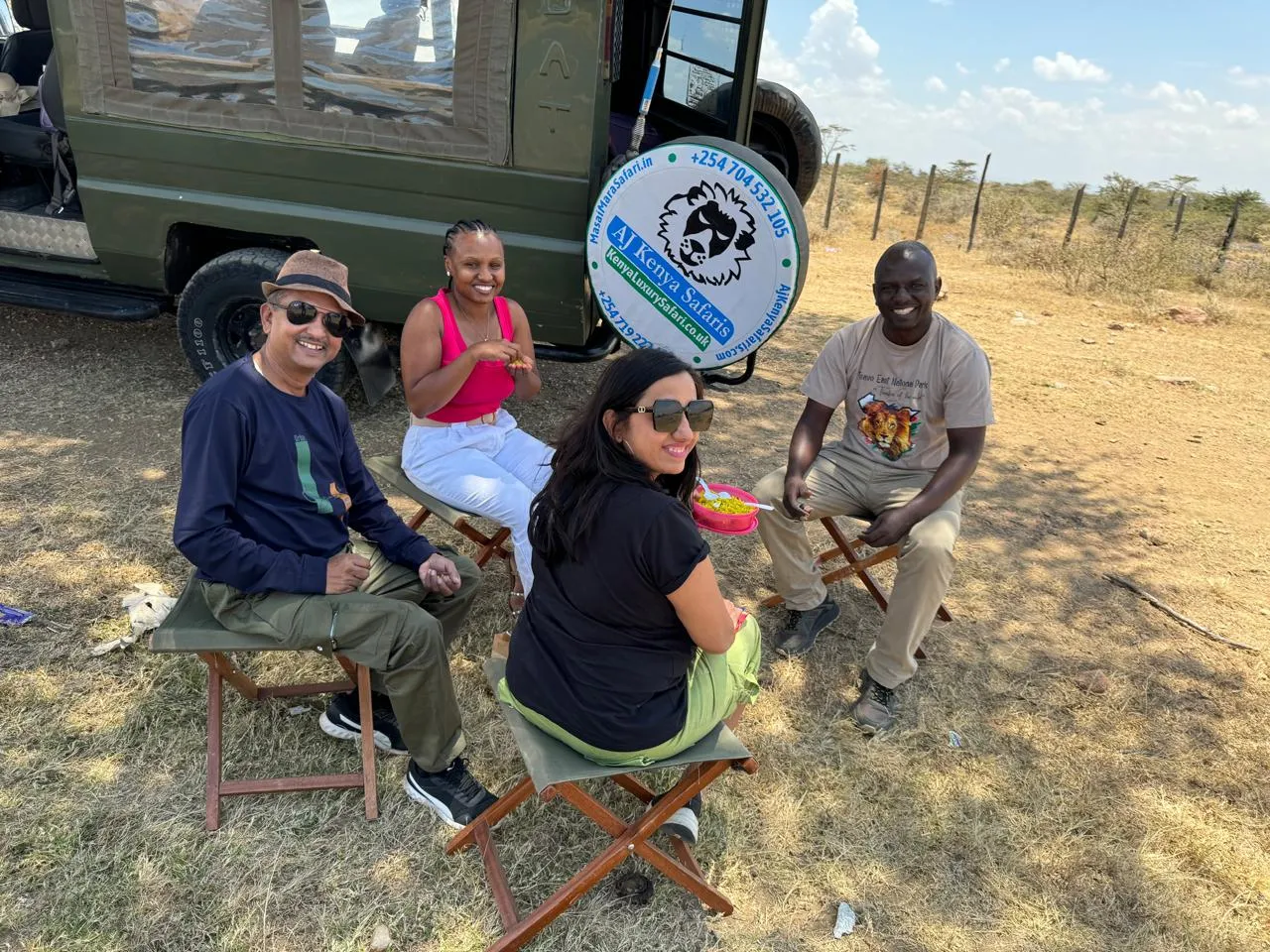
Masai Mara Africa is a premier destination for safari adventures. Located in Kenya, it’s famous for its rich wildlife, including the ‘Big Five,’ and the breathtaking Great Wildebeest Migration. This article will guide you through everything you need to know about visiting Masai Mara Africa, from top wildlife encounters to unique safari experiences.
How to Book Our Masai Mara Safari Tours
We are one of the leading tour operators in Kenya that offer the best Maasai Mara National Reserve and Serengeti National Park tour. You can book your Masai Mara safari today via +254-748-258-880 or james@ajkenyasafaris.com or safarioffers@ajkenyasafaris.com to book your safari.
Our Most Booked Masai Mara National Reserve Safaris
Our Most Booked Kenya Safari Packages 2025 | Price Per Adult Sharing | The Detailed Itinerary |
From USD 27 | ||
3 Days Masai Mara Safari | From USD 1475 | |
From USD 1715 | ||
7 Days Safari in Kenya | From USD 4283 | |
From USD 6235 |
Key Takeaways
The Masai Mara National Reserve, located in south-west Kenya, is a renowned wildlife sanctuary noted for its vast biodiversity, including nearly 90 species of mammals and numerous bird species. It borders Serengeti National Park, great rift valley, and Oloololo escarpment. Here, you will find big cats like cheetah, lion & leopard and big five.
The Great Wildebeest Migration is a notable natural spectacle involving 1.5 million wildebeests, typically occurring from late July through October, drawing global visitors to witness the dramatic crossings of the Mara River. Great migration makes for the best safaris between the two national reserves when over a million wildebeest, antelope, zebras, big cats of big cat diary, and enormous crocodiles meet.
A safari in the Masai Mara includes various unique experiences like hot-air balloon rides, game drives, and guided nature walks, complemented by luxurious accommodations that blend comfort with cultural authenticity and support local conservation efforts.
Maasai Mara Game Reserve is managed by both the local communities and Narok County Council and its ancestral inhabitants are the Maasai people. It got a national reserve status in 1974 and is one of the leading parks in East Africa.
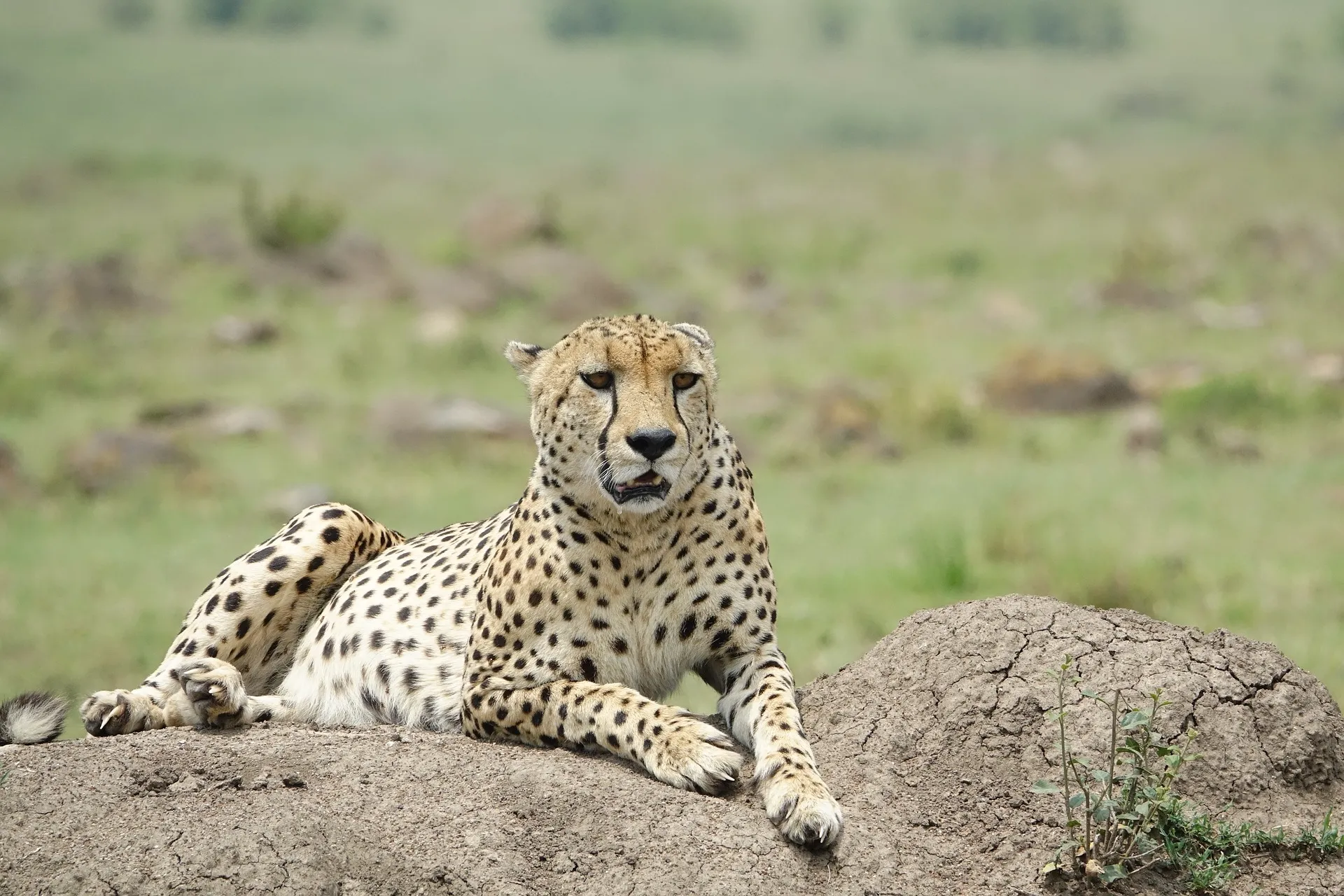
Discovering Masai Mara through Masai Mara Safari
The Masai Mara, located in the serene landscapes of south-west Kenya, is a lush, grassland savannah punctuated by rolling hills and dramatic river crossings. This vast expanse, often referred to as the ‘world’s eighth wonder’, is renowned for its staggering beauty and the sheer diversity of life it sustains. Here, the Mara River meanders through the landscape, providing a lifeline for the countless creatures that inhabit this region.
As one of the world’s most famous wildlife areas, the Maasai Mara Game Reserve, also known as the Masai Mara National Reserve and Masai Mara National Park, is a place where nature reigns supreme. The reserve and its surrounding conservancies teeming with nearly 90 species of mammals and numerous bird species. The sight of elephants ambling across the plains, herds of zebras grazing, and lions lounging in the shade is a testament to the rich biodiversity that makes this region a top destination for wildlife enthusiasts.
Besides its rich wildlife, the Masai Mara National Reserve also offers memorable landscapes and a glimpse into the world of Maasai pastoral ranches. Some of the stunning vistas you can experience during a Masai Mara safari include:
- Sweeping plains
- Dramatic escarpments
- Sunsets over the horizon with a cheetah playing with young ones
- Clouds casting shadows over the savannah
The Masai Mara’s beauty is as endless as its skies, with its endless plains stretching across the horizon.

The Wildlife of Masai Mara
The ‘Big Five’ – lions, elephants, rhinos, leopards, and buffalo – are iconic inhabitants of the Masai Mara, each inspiring awe and respect. The lion population here is particularly notable, with around 850 to 900 individuals roaming the reserve. Seeing these majestic predators in their natural habitat is an experience that stays with you long after the safari ends.
African elephants, the largest land animals on earth, add to the grandeur of the Masai Mara National Reserve. Weighing up to 6.6 tons, their massive presence is both humbling and exhilarating. Black rhinos, although smaller and more aggressive than their white counterparts, are a rare and thrilling sight. Leopards, elusive and nocturnal, often require a keen eye and a bit of luck to spot. Lastly, the formidable African buffalo, known for their unpredictable nature, complete the Big Five.
Beyond the Big Five, the Masai Mara’s wildlife spectrum is vast. The annual wildebeest migration brings millions of wildebeests, zebras, and gazelles into the reserve, a sight that is both chaotic and mesmerizing. Other wildlife you can spot in the Masai Mara National Reserve includes:
- Hippos, often seen lounging by the riverbanks
- Plains zebras, grazing the open fields
- Cheetahs, the fastest land animals, often seen hunting in groups across the open savannah
The diverse life forms thriving in the Masai Mara underscore its importance as a wildlife heaven. Each species plays a critical role in this intricate ecosystem, making the Masai Mara National Reserve not only a photographer’s paradise but also a vital refuge for some of the world’s most remarkable animals.

The Great Wildebeest Migration
The Wildebeest Migration, a breathtaking natural spectacle, involves around 1.5 million wildebeests traversing the Serengeti-Mara ecosystem. This epic Masai Mara safari journey, typically occurring from late July through October, is a dramatic display of survival and instinct. It’s a sight that draws visitors from around the world, eager to witness this natural wonder unfold.
The annual wildebeest migration arrives in the Masai Mara Park Kenya from northern Tanzania around late July, with the wildebeest herds making their way through the northern Serengeti. By August and September, the dramatic crossings of the Mara River occur, where the wildebeest brave the current and the lurking crocodiles. This perilous journey is a true test of endurance for the wildebeest and a highlight for any safari-goer.
As October approaches, the animals begin their return to the Serengeti park, completing the cyclical journey. Throughout this period, the Masai Mara and Mara Triangle transforms into a bustling hub of activity, with predators following the herds and the landscape echoing with the sounds of the migration. Witnessing the annual wildebeest migration during a Masai Mara safari is a profound reminder of the natural rhythms that govern life on the African savannah.

Unique Safari Experiences
A safari in the Masai Mara guarantees a variety of unforgettable experiences, each revealing a distinct facet of this incredible wilderness. From hot-air balloon safari rides to thrilling game drives, the opportunities for adventure are endless on a Masai Mara safari in Kenya. These activities not only provide unforgettable memories but also deepen your connection with the landscape and its inhabitants while in Africa.
Hot-air balloon safaris are perhaps the most breathtaking way to experience the Masai Mara National Reserve. As the balloon ascends at sunrise, you’re treated to panoramic views of the plains, riverine forests, and escarpments. The tranquil silence is only broken by the occasional roar of the burner and the distant sounds of the Africa wildlife. This bird’s-eye view is particularly spectacular during the wildebeest migration, offering a unique vantage point of the herds below.
Game viewing in Kenya and Tanzania are a staple of any Africa safari, providing close encounters with the Masai Mara’s diverse wildlife. Whether it’s a pride of lions lazing in the sun or a herd of elephants moving majestically across the plains, each drive is filled with moments of wonder. Complementing the drives, guided nature walks led by Maasai warriors offer a more intimate exploration of the African savannah. These walks, along with the game drives, make up the unforgettable safari tours. They allow you to learn about the smaller details of the ecosystem, from medicinal plants to animal tracks.
Night safaris add another layer of excitement, revealing the nocturnal side of the Masai Mara Mara Kenya and Serengeti Park in Tanzania. As the sun sets and darkness envelops the landscape, the behaviors of predators and other nocturnal creatures come to life. Observing these animals under the cover of darkness is a thrilling and unique experience, providing insights into the hidden world of the African night.

Luxurious Safari Camps
The safari camps of the Masai Mara Park epitomize mid-range & luxury amidst the wilderness. Kichwa Tembo Tented Camp, for instance, offers a range of accommodations designed to provide comfort without compromising the authentic safari experience. With options from Classic tents to Superior View tents, guests can choose their level of luxury, all starting from USD 435 per night.
The amenities at Kichwa Tembo include:
- An organic garden
- An interactive kitchen
- A massage tent for ultimate relaxation
- A safari shop
- A rim-flow swimming pool with panoramic views of the Masai Mara National Reserve
The camp’s location on a private concession allows for exclusive activities like bush walks and night drives, ensuring a personalized experience.
What sets Kichwa Tembo apart is its Maasai-inspired interiors, designed to blend luxury with cultural authenticity. Massive windows offer stunning views of the surrounding wildlife, making every moment at the camp a part of the safari adventure. These luxurious accommodations ensure that your stay in the Masai Mara is as memorable as the wildlife encounters themselves.
Other accommodations include Masai Mara Sopa Lodge, Sentrim Masai Mara Lodge, Basecamp Masai Mara, Sand River Masai Mara, & AA Lodges Masai Mara.

Getting to Masai Mara Kenya
The journey to the Masai Mara, with varied options to suit different preferences and budgets, is an adventure unto itself. From Nairobi, you can choose to travel by road or air to Masai Mara, each offering its own unique experiences. The distance from Nairobi to Masai Mara National Reserve varies between 225 km to 270 km depending on the entry gate, making the journey as much a part of the adventure as the destination.
Traveling by road takes approximately 5–6 hours to reach Masai Mara and is the more affordable option. The journey offers scenic views and the chance to stop at various points for fuel, washroom breaks, and to admire the landscape. It’s a great way to see more of Kenya’s countryside before arriving at the wilderness of the Masai Mara.
For those who prefer speed and convenience, flying from Nairobi to Masai Mara Kenya is the fastest option, taking around 45–60 minutes. Flights for Masai Mara safari typically depart from Wilson Airport in Nairobi and land at various airstrips within the reserve, such as Keekorok, Serena, and Olare Orok. Airlines like Safarilink Aviation, Air Kenya, and Fly ALS offer daily flights, providing a bird’s-eye view of Kenya’s landscapes and saving precious time.
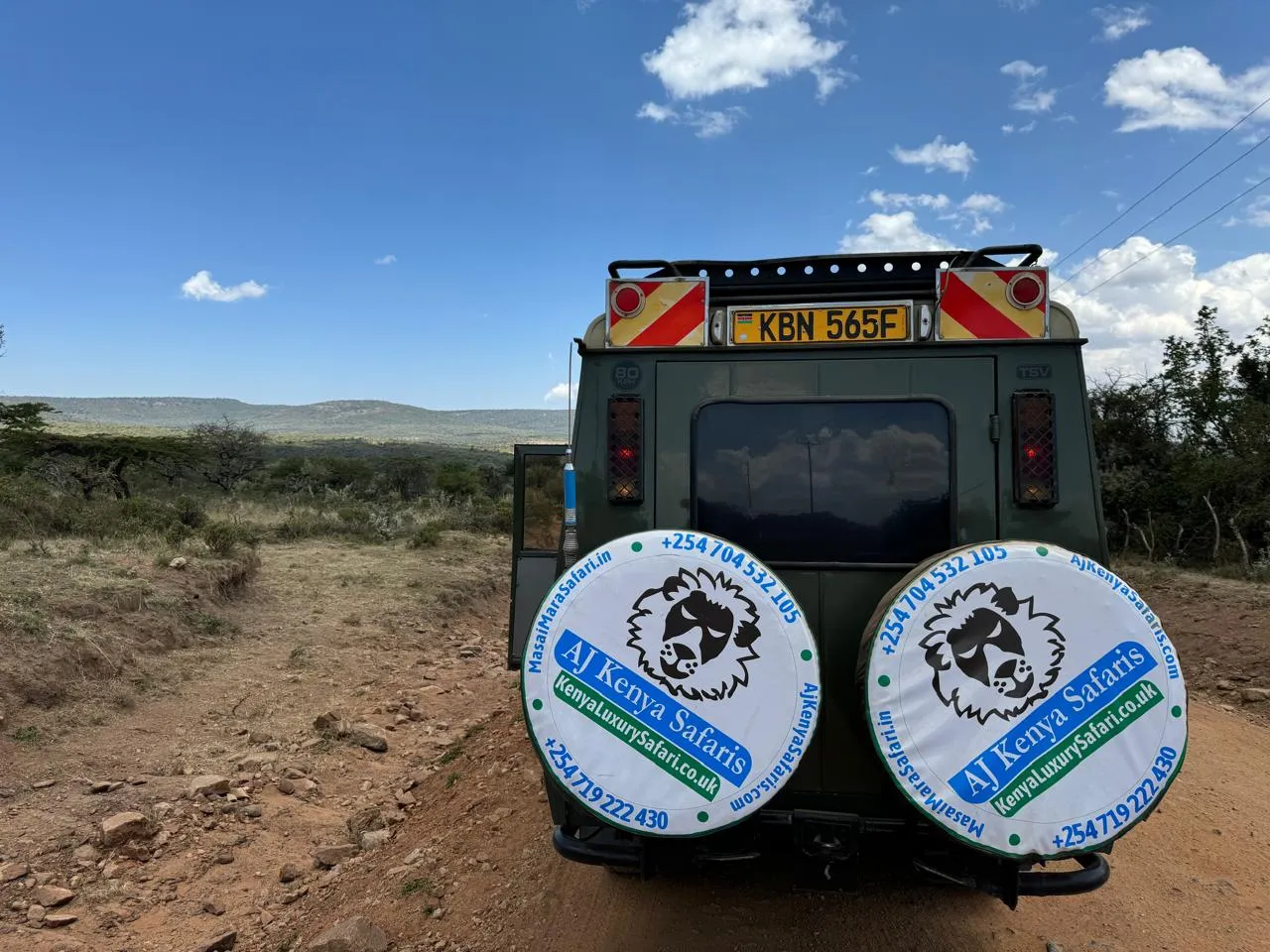
Maasai Culture and Community
The Masai Mara’s identity is deeply intertwined with the Maasai people, who have been its inhabitants for centuries. This nomadic and pastoralist Maasai tribe is known for their distinctive customs and vibrant culture. The Maasai’s patriarchal society sees older men making major decisions for the tribe, reflecting their traditional way of life.
Cattle are central to Maasai culture, serving as their primary source of food and wealth. The Maasai have a monotheistic religion, worshiping a god named Engai or Enkai, who manifests in different colors representing his mood. Their diet traditionally includes:
- meat
- blood
- milk
- other natural resources
Maasai clothing is also unique, with red being a favored color among the tribe.
Tourism and Masai Mara safari has brought significant benefits to the Maasai community, including:
- Supporting local economies
- Promoting cultural preservation
- Providing meaningful experiences for visitors
- Directly benefiting the local community
- Ensuring a steady income for the Maasai through conservancies leasing land to safari operators
- Supporting community development projects
- Preserving the Maasai way of life.
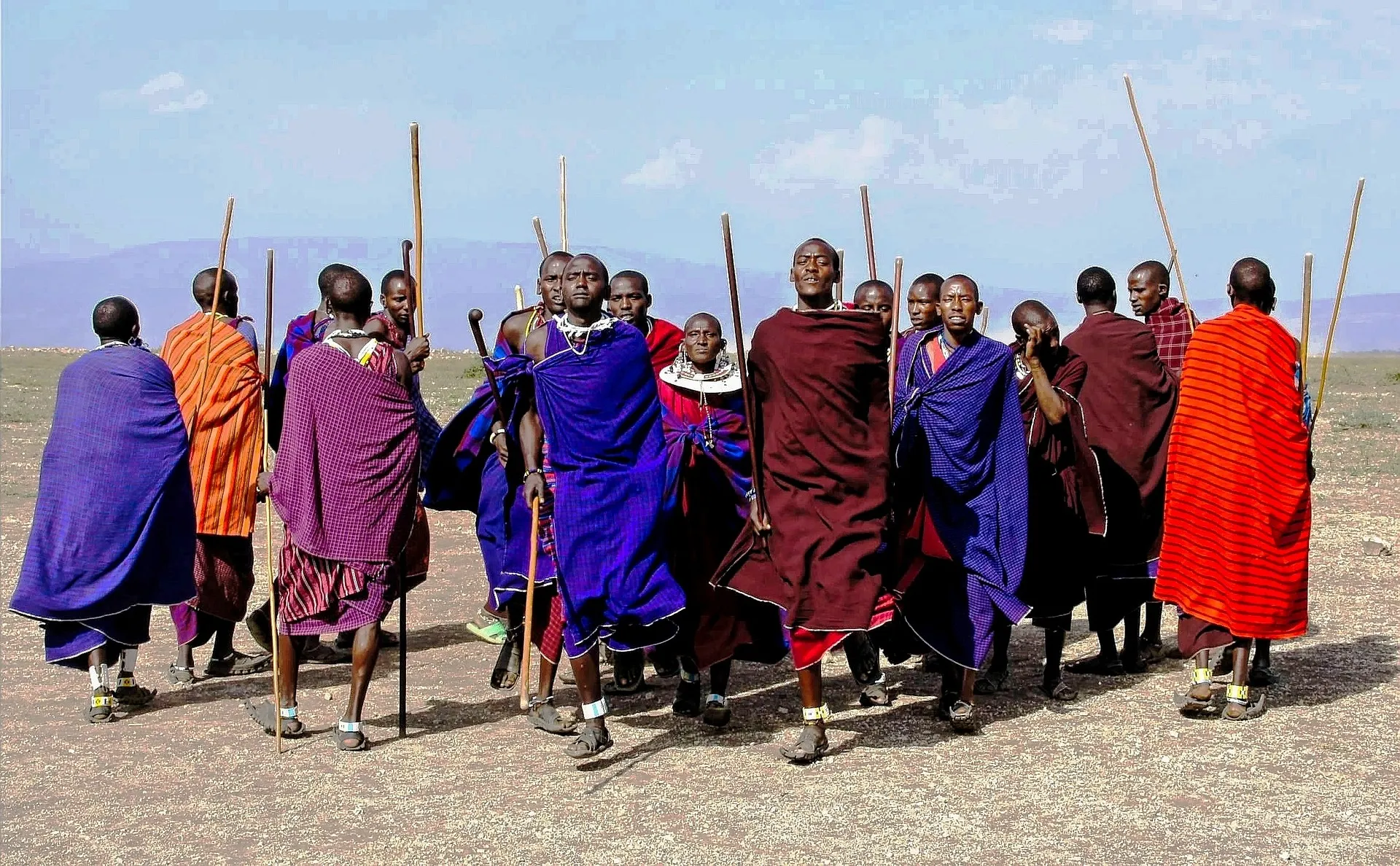
Conservation Efforts
The success of the Masai Mara in East Africa as a wildlife home owes much to its commitment to conservation. The shift from overgrazing and poaching to thriving conservation areas is a result of collaboration between the Maasai people, county councils, and preservation organizations. The Maasai Mara Wildlife Conservancies Association (MMWCA) supports twelve independent conservancies, including the Mara North Conservancy, focusing on ecosystem conservation and community support.
The Mara Conservancy, which manages the Mara Triangle, has significantly reduced poaching through anti-poaching patrols and a tracker dog unit. Their work, in collaboration with Serengeti National Park, has led to numerous arrests and the removal of thousands of snares. The cost of a hot air balloon safari includes conservation fees that contribute to the upkeep of the national reserve.
Specific programs like the Mara Predator Conservation Programs focus on protecting key species such as lions, ensuring the balance of the ecosystem. The Kenya Wildlife Trust plays a crucial role in these initiatives, emphasizing the need for continuous learning and adaptation to the challenges faced by predators.
Approximately 30% of Kenya’s wildlife resides within these conservancies, highlighting their importance in wildlife protection.
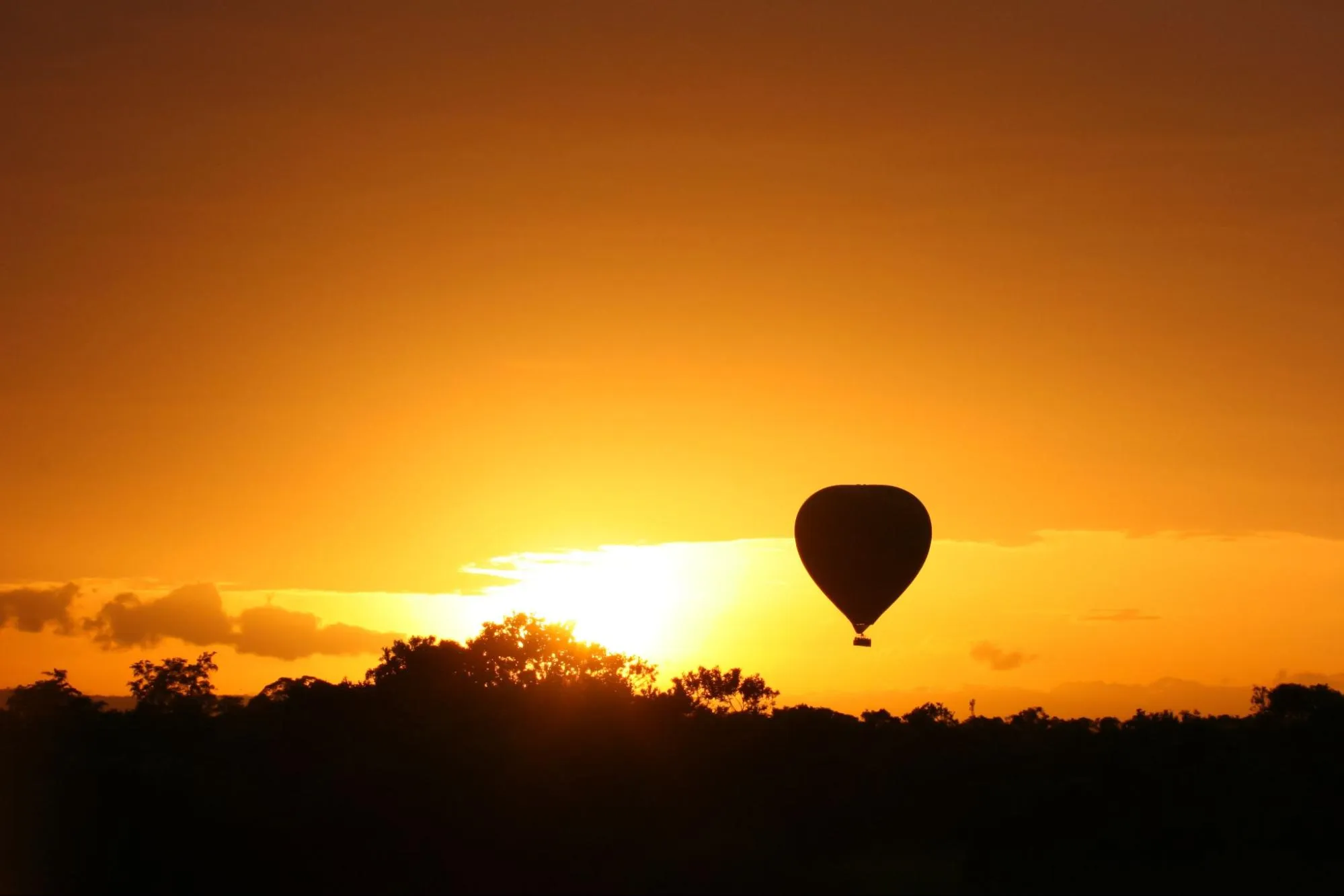
Best Time to Visit
For optimal wildlife viewing, the ideal time to visit the Masai Mara National Reserve is during the long dry season, from July to October. During this period, the flora is less dense, making it easier to spot animals. Additionally, the lower levels of insects, including mosquitoes, enhance the overall experience.
The short dry season in January and February also offers favorable conditions for wildlife viewing. Although the short rainy season in November and December sees fewer visitors, it can still provide a unique and quieter safari experience.
With daytime temperatures ranging from 26°C to 28°C from September to May, the climate is generally pleasant for exploring the Masai Mara.
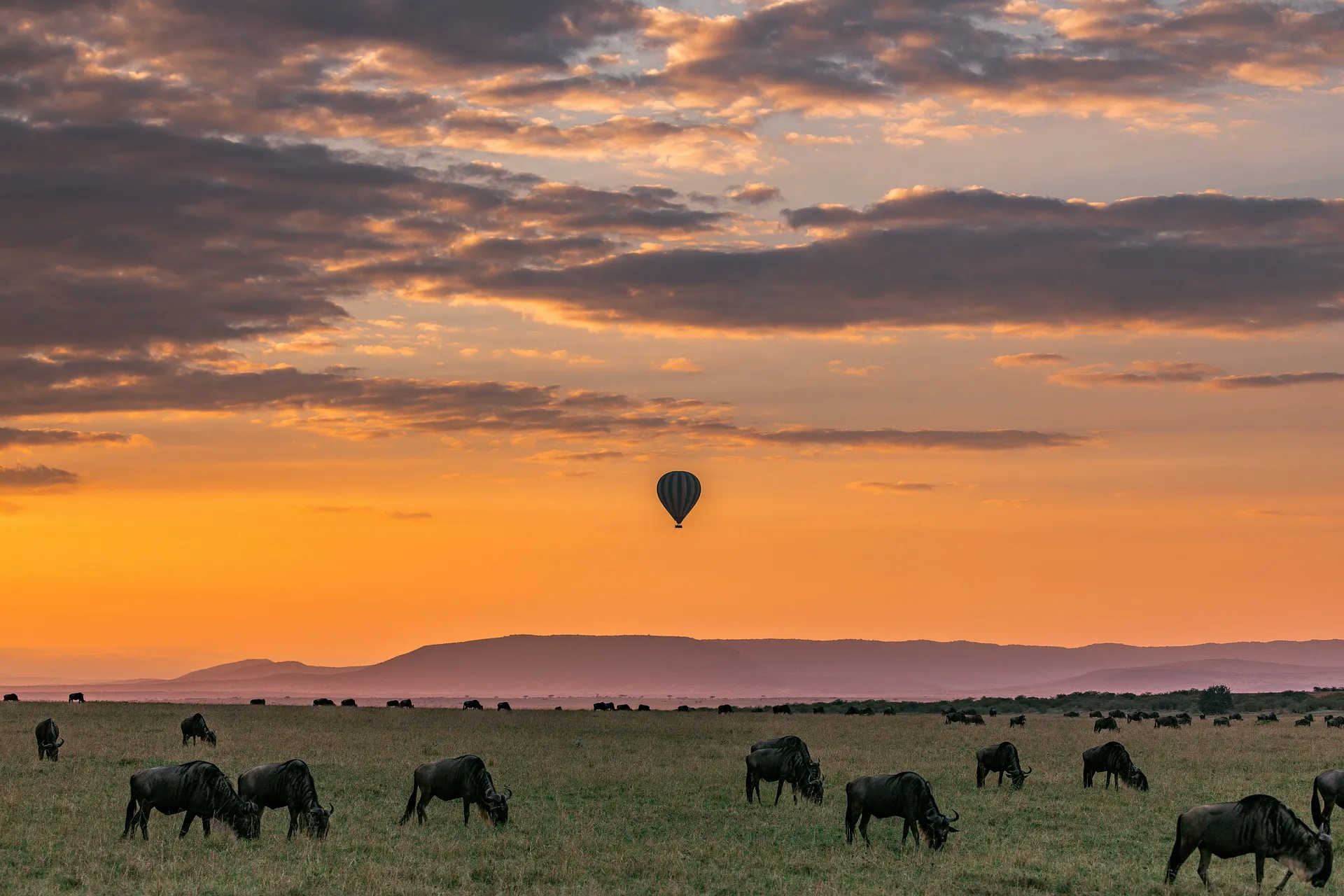
Tips for First-Time Visitors
A few essential tips can help first-time visitors ensure a smooth and memorable safari experience in the Maasai Mara National Reserve. It’s crucial to book your accommodations well in advance, especially during the migration season from July to November when lodges near the river-crossing hotspots fill up quickly. This ensures you have the best vantage points for witnessing the dramatic events of the migration.
Guided tours are often conducted in closed 4×4 vehicles with pop-up roofs, providing optimal game viewing and photography opportunities. It’s advisable to bring appropriate gear such as binoculars, a good camera, and suitable clothing for both warm days and cooler mornings and evenings. Following these tips will help you maximize your wildlife viewing experiences and capture unforgettable moments.

Summary & FAQs
The Masai Mara in Kenya Africa offers a unique blend of breathtaking landscapes, abundant wildlife, and rich cultural experiences. From the dramatic Great Wildebeest Migration to the intimate encounters with the Big Five, every moment spent in this magnificent reserve is a testament to the wonders of nature. The luxurious safari camps provide unparalleled comfort, ensuring that your adventure is both exhilarating and relaxing.
As we conclude our journey through the Masai Mara Kenya, we hope you feel inspired to explore this incredible destination. Whether it’s witnessing the migration, engaging with the Maasai community, or simply soaking in the serene beauty of the African savannah, the Masai Mara National Reserve promises an experience that will stay with you for a lifetime. Embark on this adventure and let the magic of the Masai Mara National Reserve unfold before you.
1. When is the best time to visit the Masai Mara?
The best time to visit the Masai Mara is during the long dry season from July to October for optimal wildlife viewing and to witness the Great Wildebeest Migration. The short dry season in January and February also offers good conditions for safari adventures. You will spot the cheetah, lion, leopard, and other cats easily during the dry season.
2. How can I get to the Masai Mara?
You can reach the Masai Mara National Reserve from Nairobi either by road, which takes 5-6 hours, or by a 45-60 minute flight from Wilson Airport, providing a quicker and scenic option.
3. What wildlife can I expect to see in the Masai Mara?
You can expect to see the Big Five (lions, elephants, rhinos, leopards, and buffalo) in the Masai Mara National Reserve, along with other species like wildebeests, zebras, gazelles, hippos, and cheetahs. Enjoy your safari experience!
4. What are the accommodation options in the Masai Mara?
In the Masai Mara National Reserve, you can find luxurious safari camps like Angama Mara Camp, Bateleur Camp, Kichwa Tembo Tented Camp, offering a range of accommodations with exclusive activities to enhance your safari experience.
5. How does tourism impact the local Maasai community?
Tourism in the Masai Mara Game Reserve provides economic benefits and supports community development projects for the local Maasai tribe while promoting cultural preservation.
6. What does Maasai Mara Game Reserve mean?
The name Masai Mara is especially popular for the name Mara, which means Mara meaning spotted circles of trees, savanna, scrub and cloud shadows of the area. Masai is delivered from the Maasai people that are found in this western part of Kenya.
7. What are some of the best activities to do during a Masai Mara safari?
There are different activities you can do during Masai Mara safari like hot air balloon safari, nature walks, big cats spotting, great migration tours, game viewing, and more. You can also visit the various features like Mara River, Saparingo River, Mara Triangle, Esoit Siria Escarpment, Oloololo escarpment, where riverine forest meets the sweeping plains of the Masai Mara and more.
8. Which are the gates of Masai Mara?
The six gates of Masai Mara are Oloololo gate, Oloolaimutia gate, Sekenani gate, Sand River gate, Musiara gate and Talek gate. You can access the Oloololo gate from the Eastern part of the reserve while the most common gate is Sekenani, which is accessible when coming from Nairobi.
